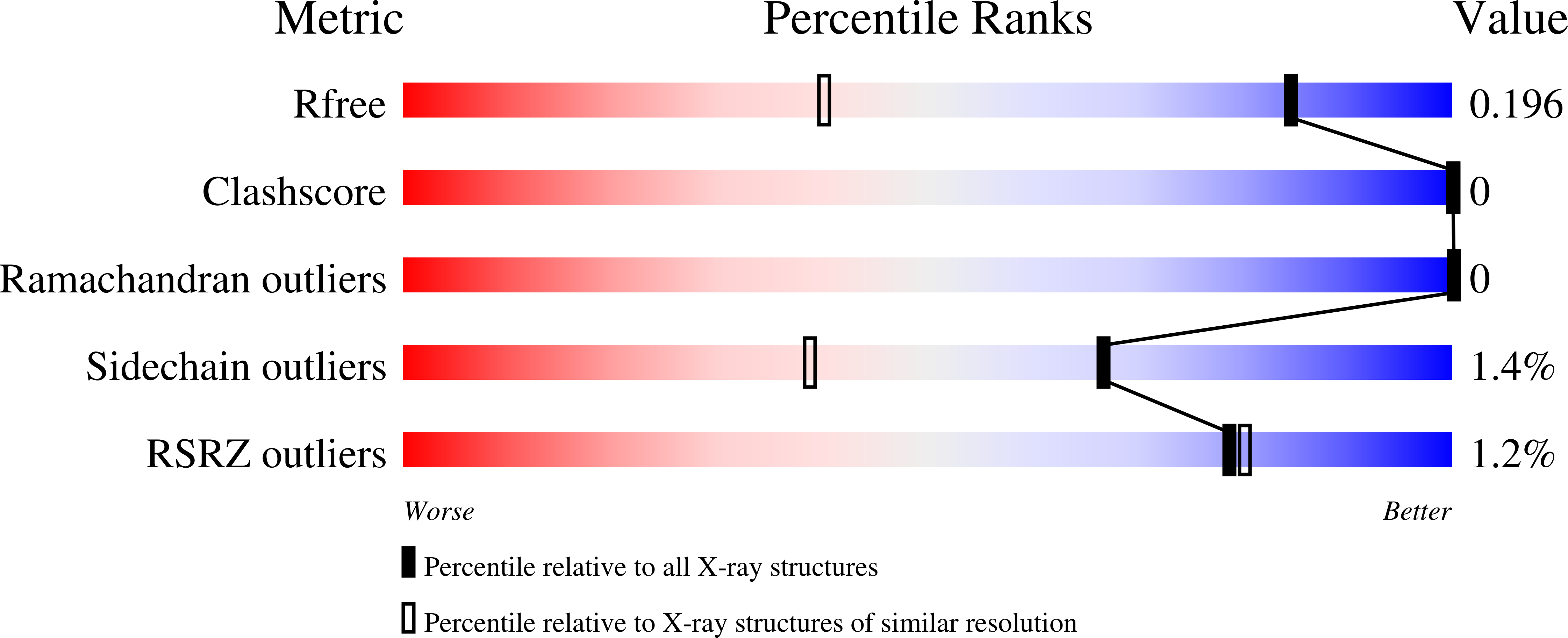
Deposition Date
2023-08-11
Release Date
2024-03-06
Last Version Date
2024-03-20
Entry Detail
PDB ID:
8Q6C
Keywords:
Title:
The RSL-D32N - sulfonato-calix[8]arene complex, P63 form, acetate pH 4.0
Biological Source:
Source Organism:
Ralstonia solanacearum (Taxon ID: 305)
Host Organism:
Method Details:
Experimental Method:
Resolution:
1.38 Å
R-Value Free:
0.19
R-Value Work:
0.19
R-Value Observed:
0.19
Space Group:
P 63


